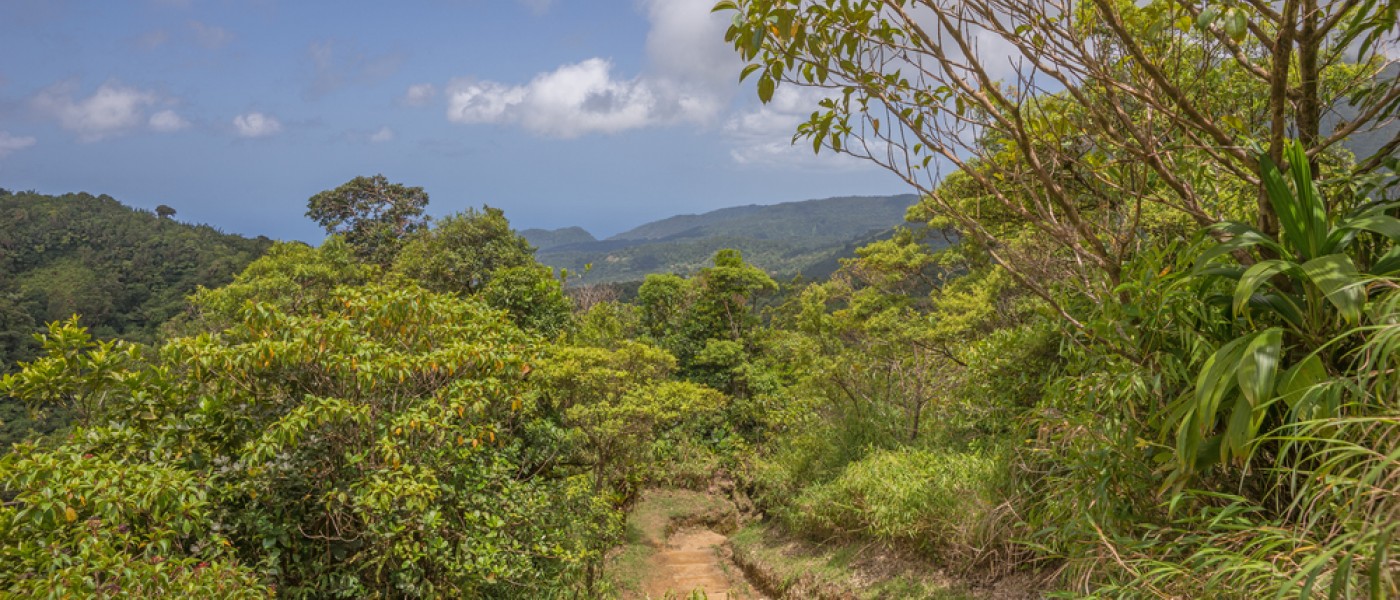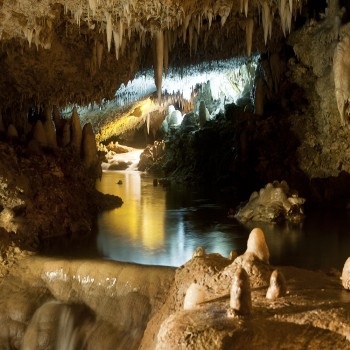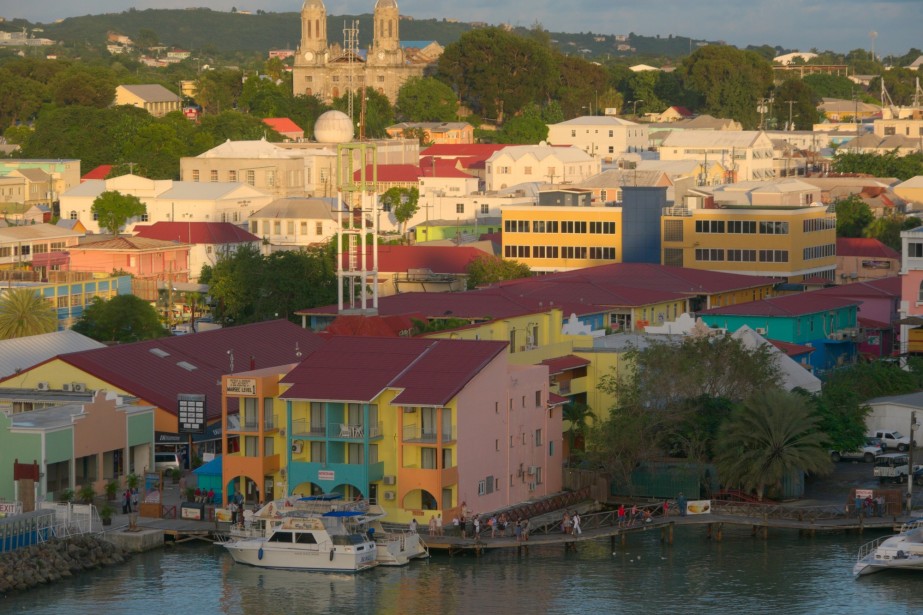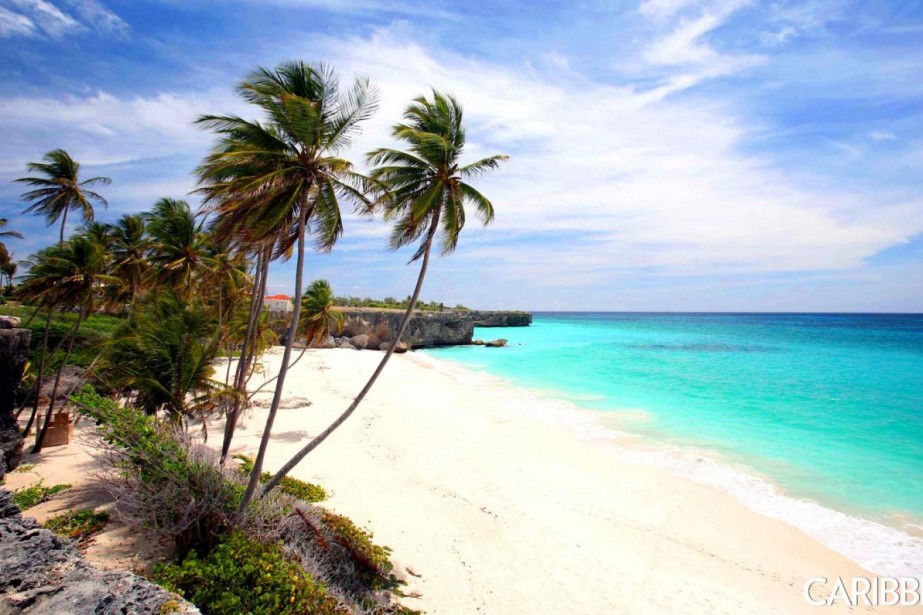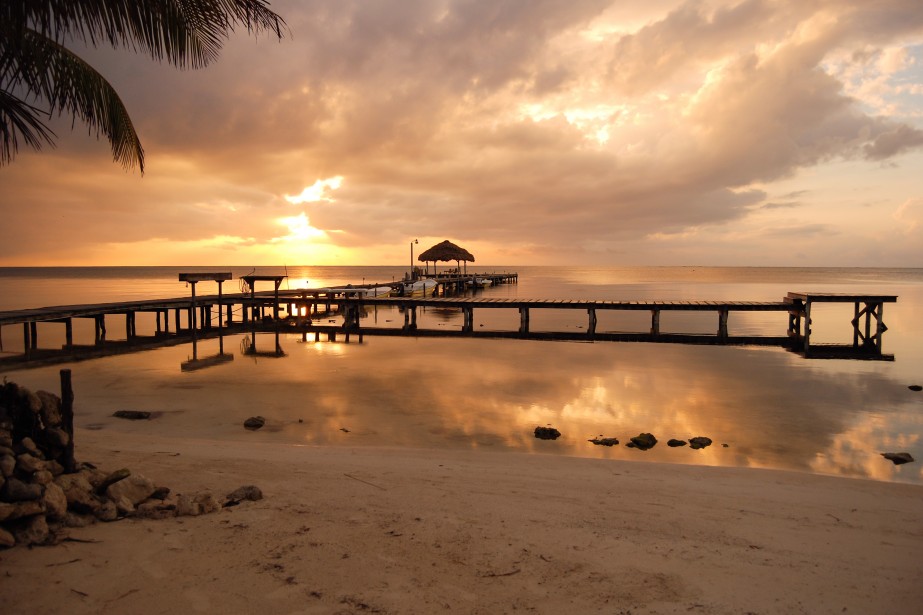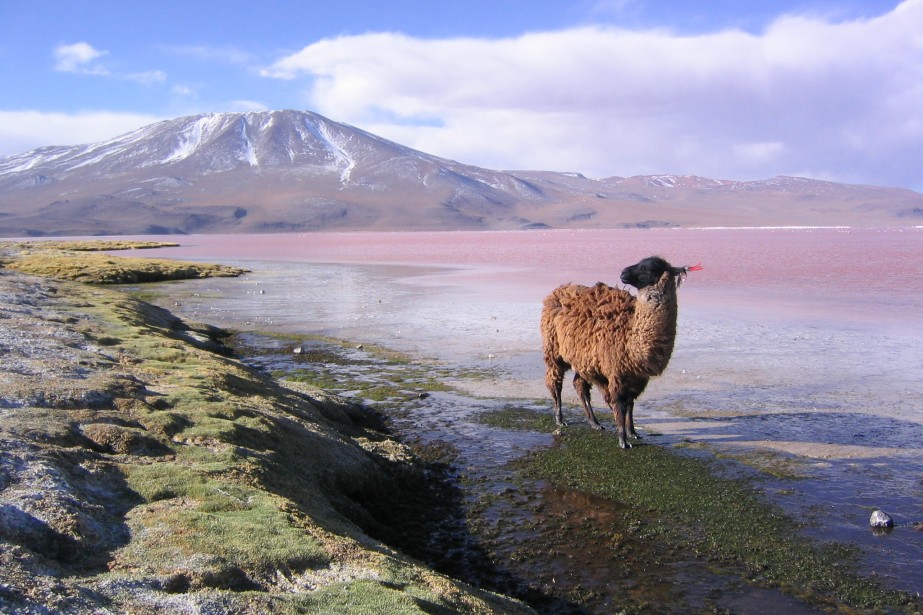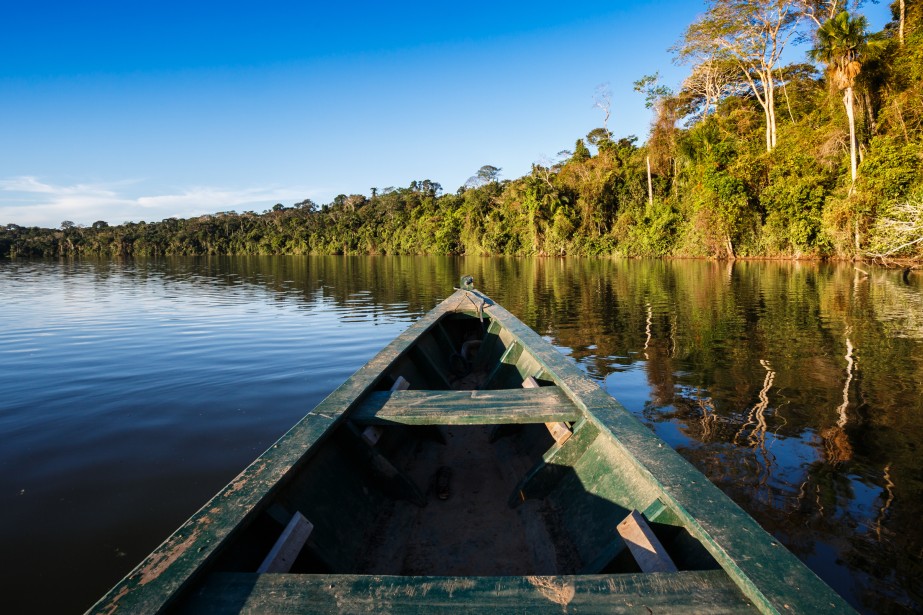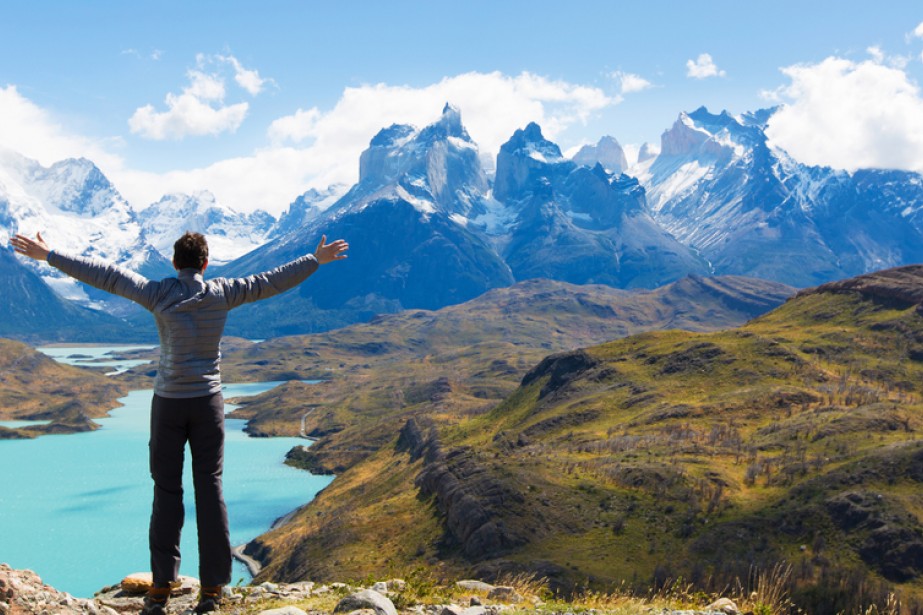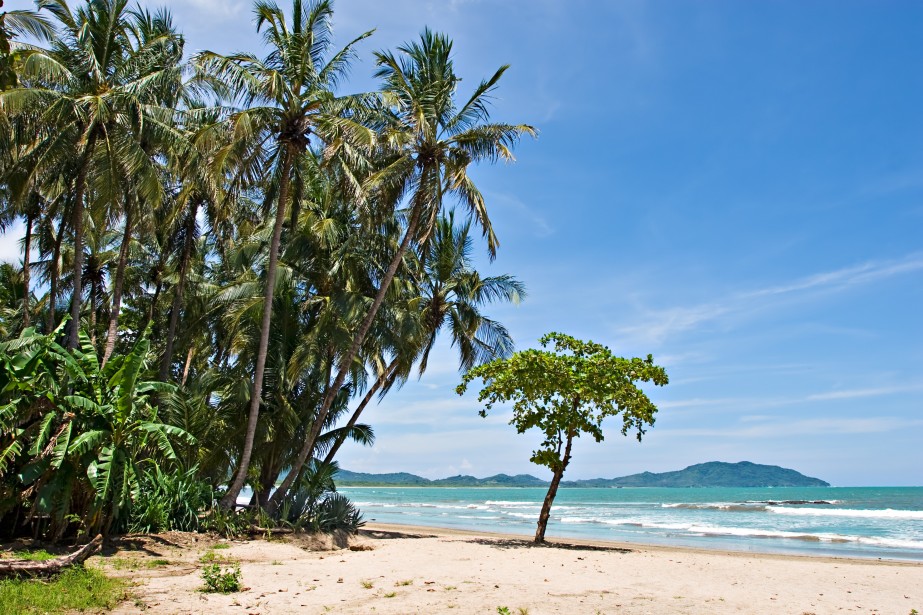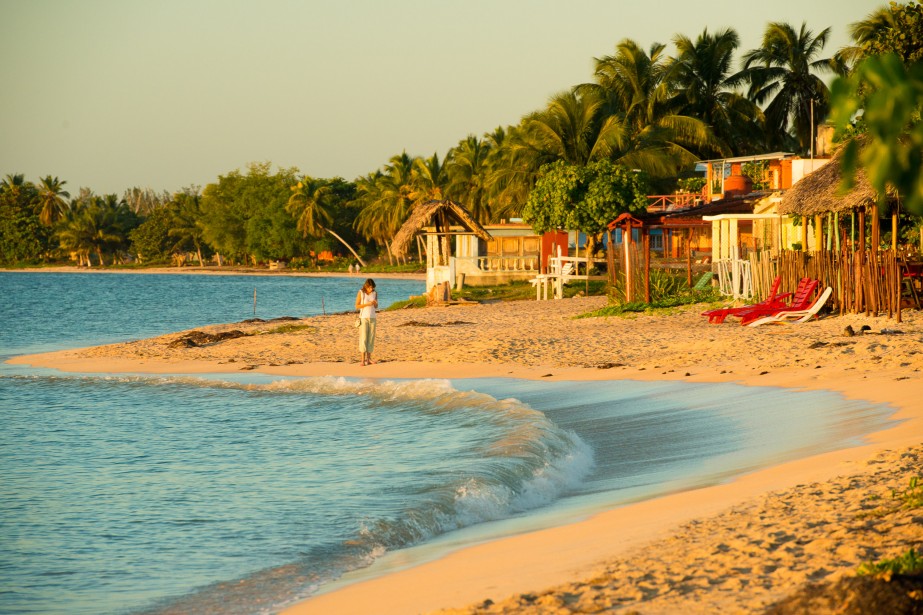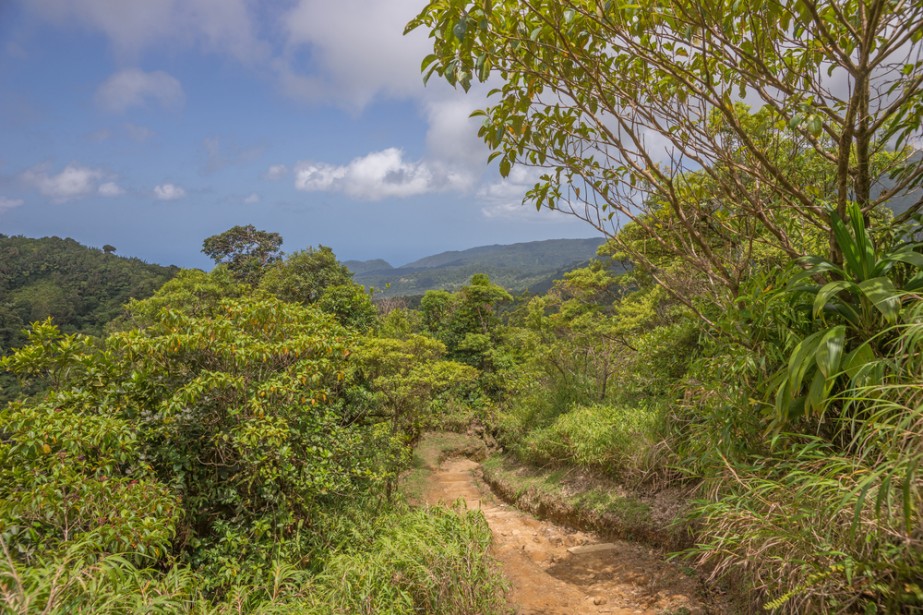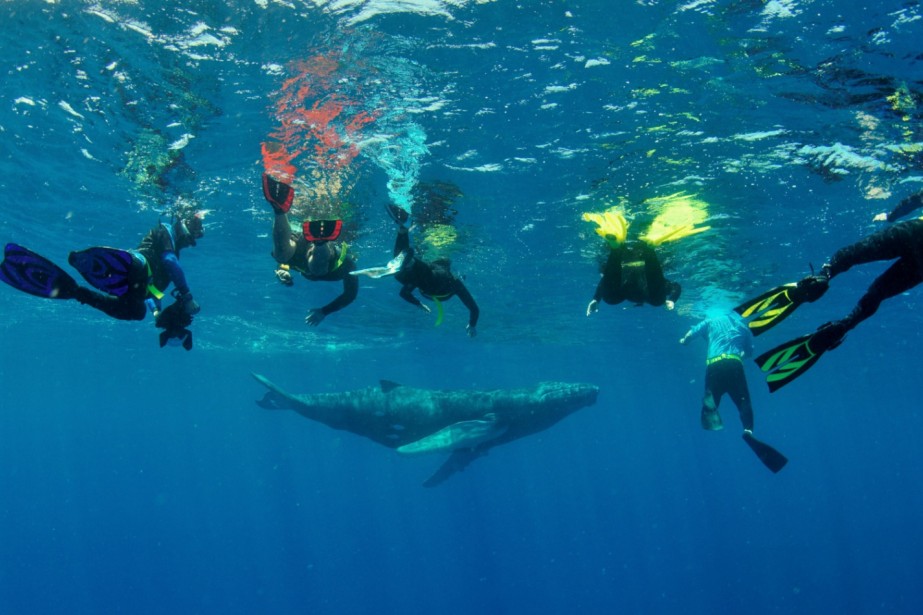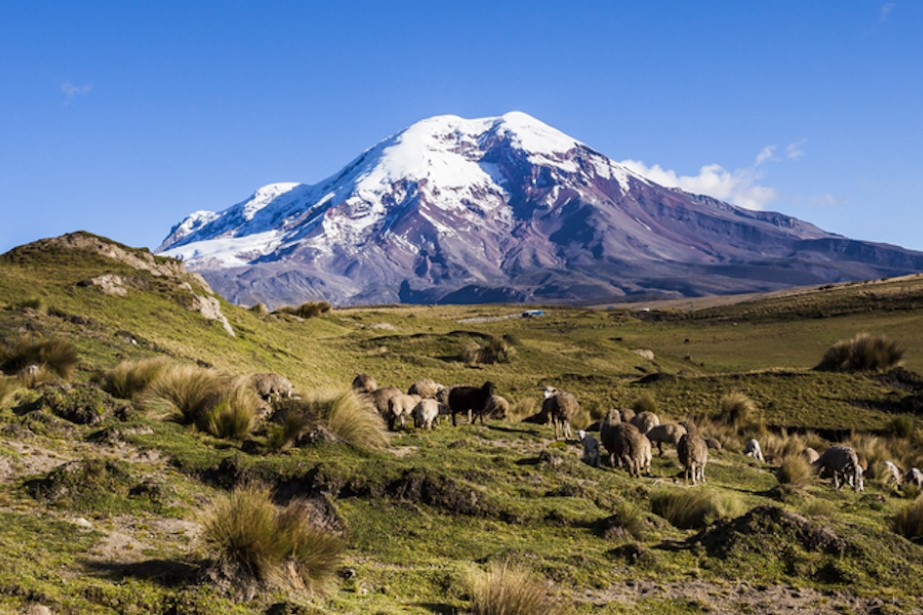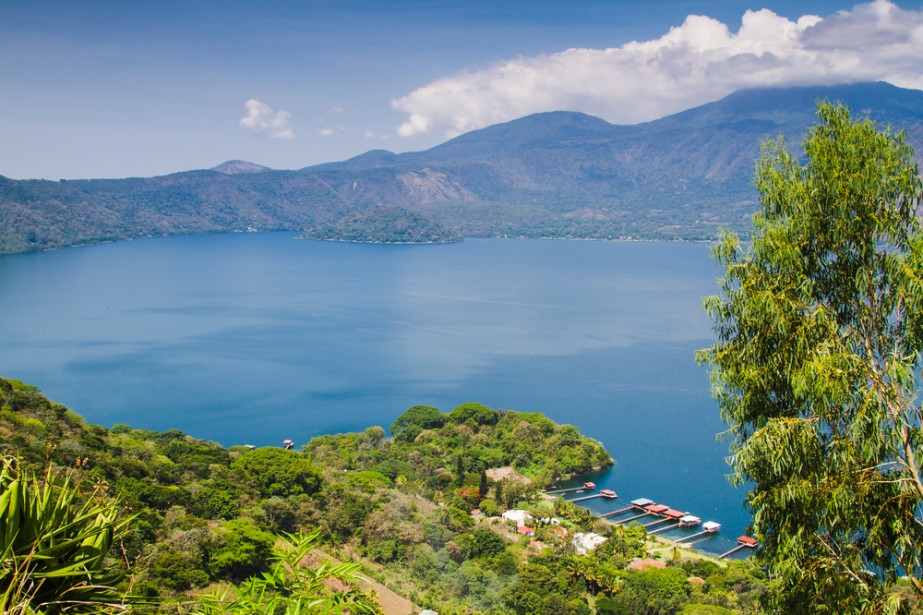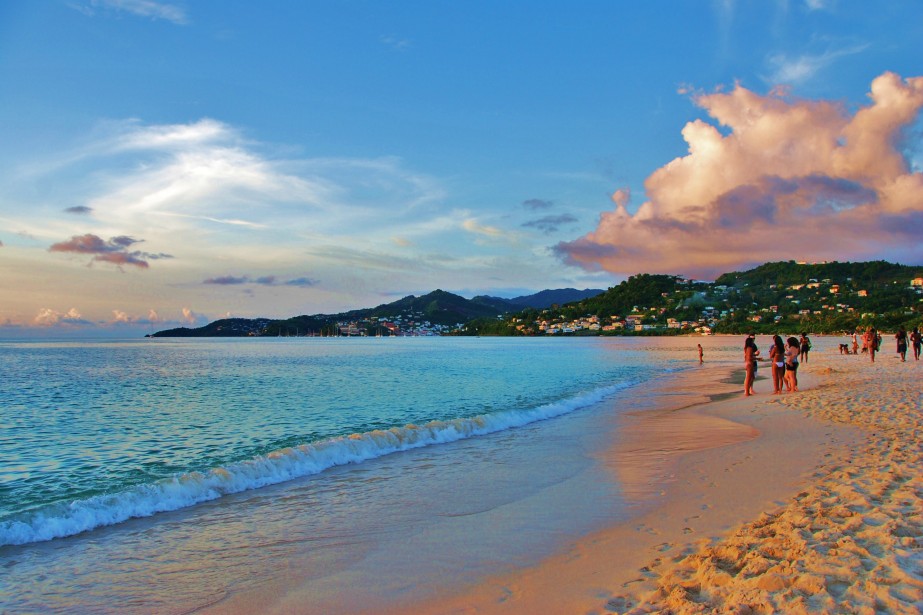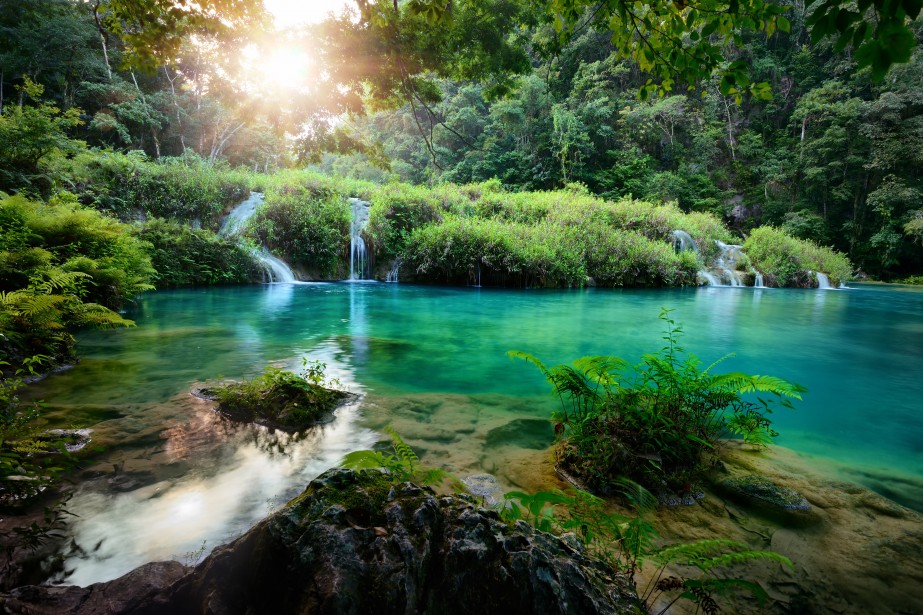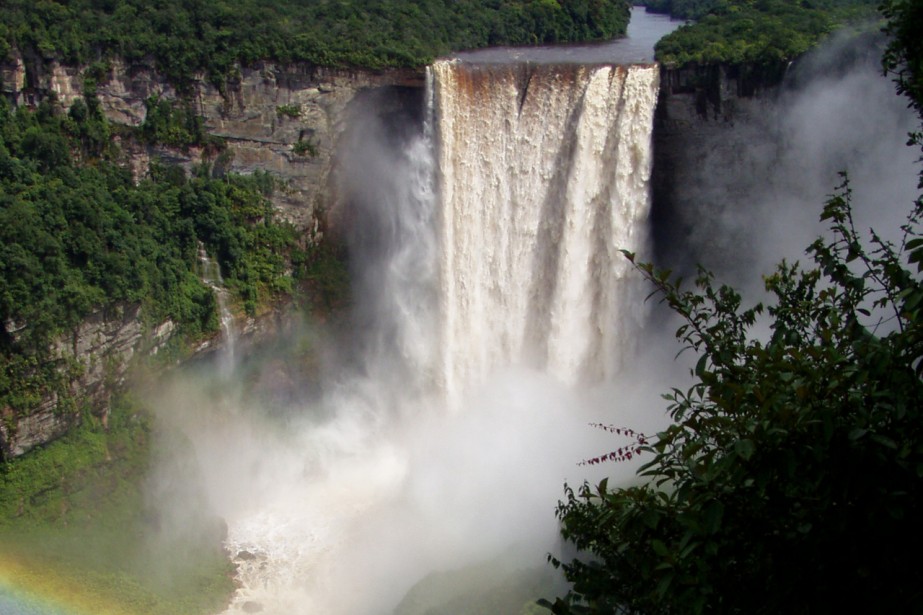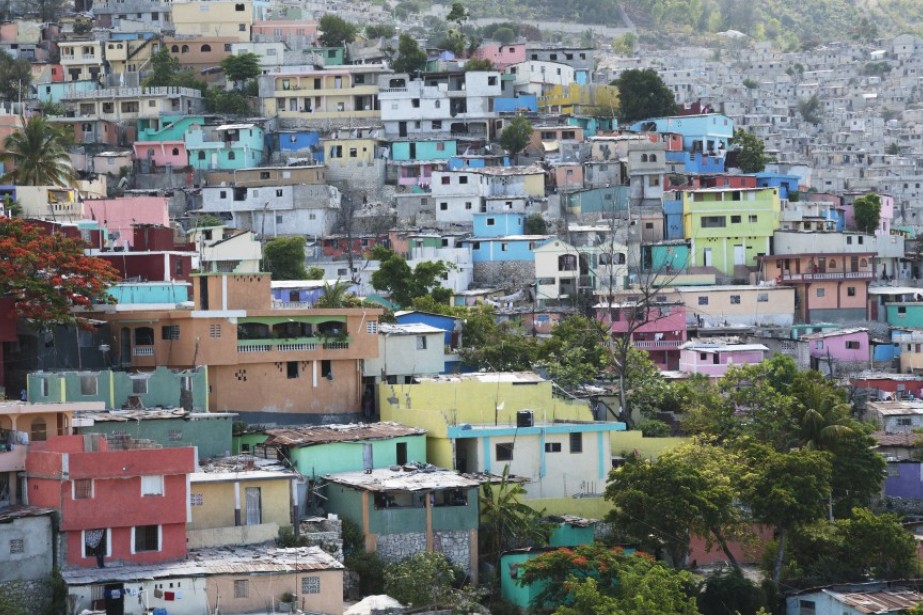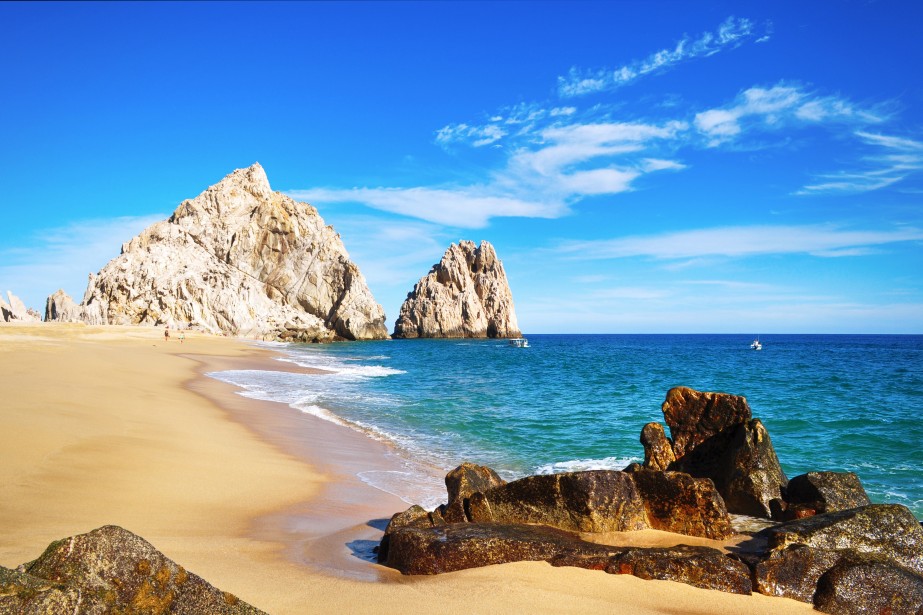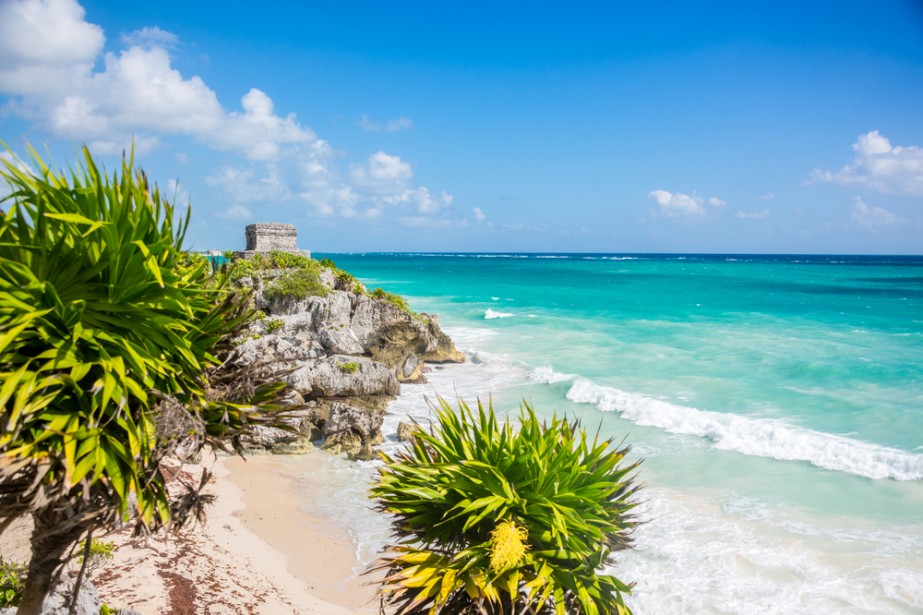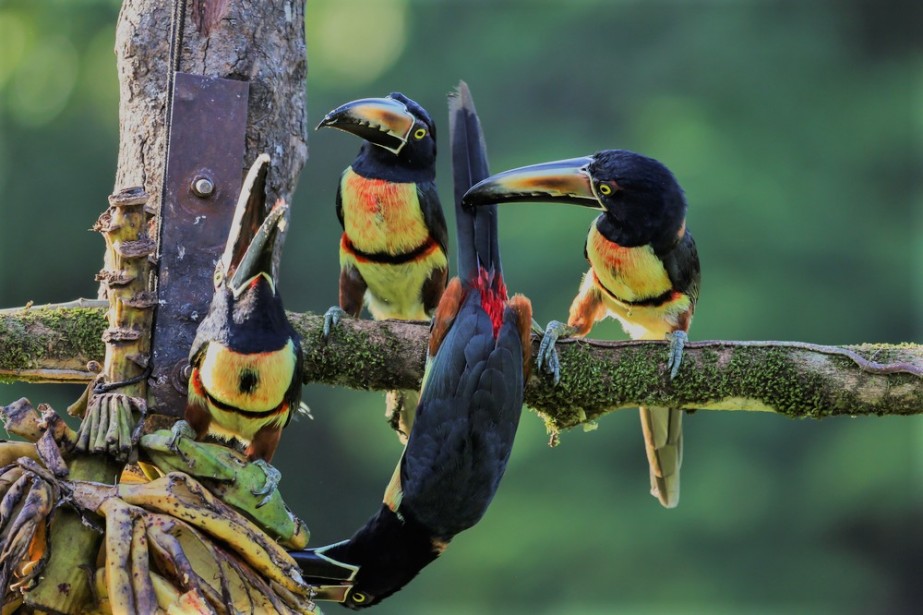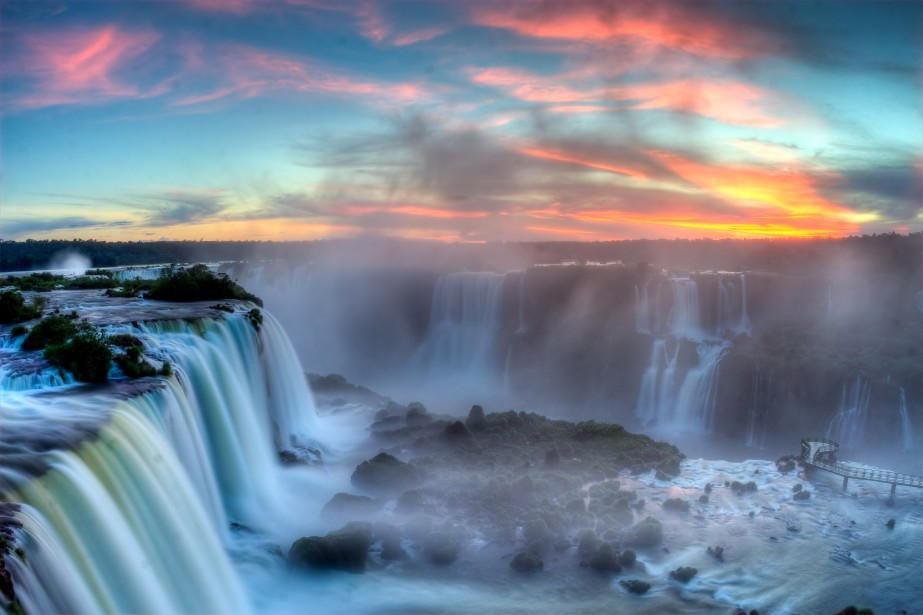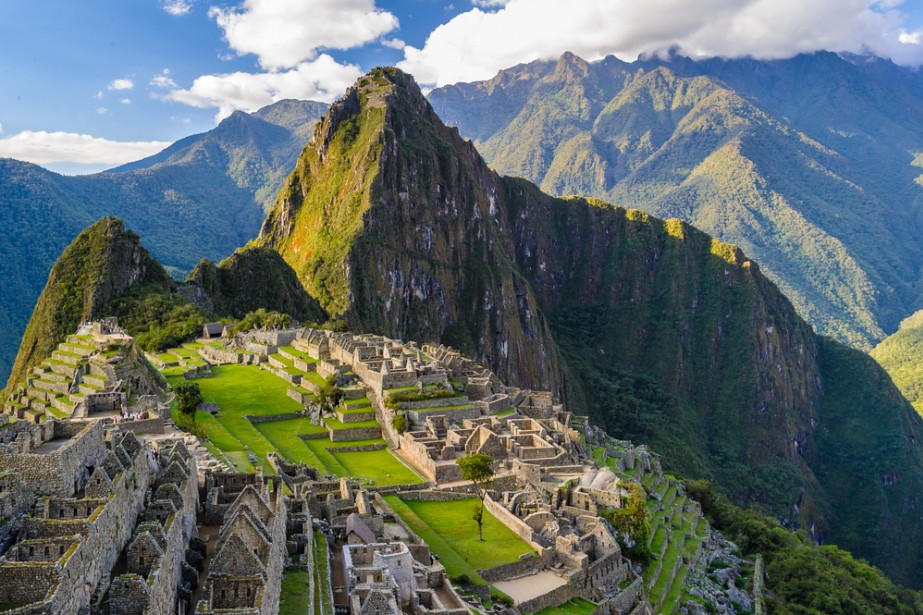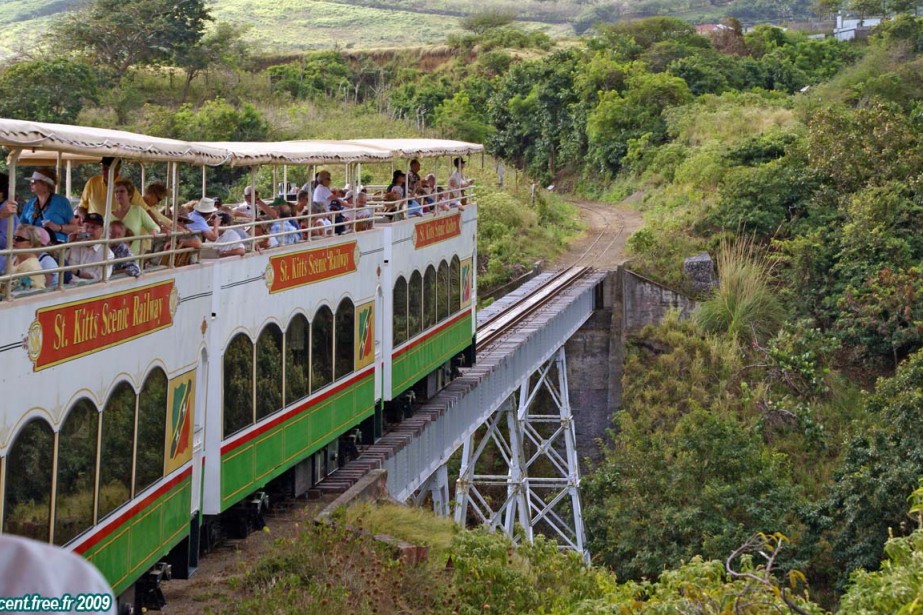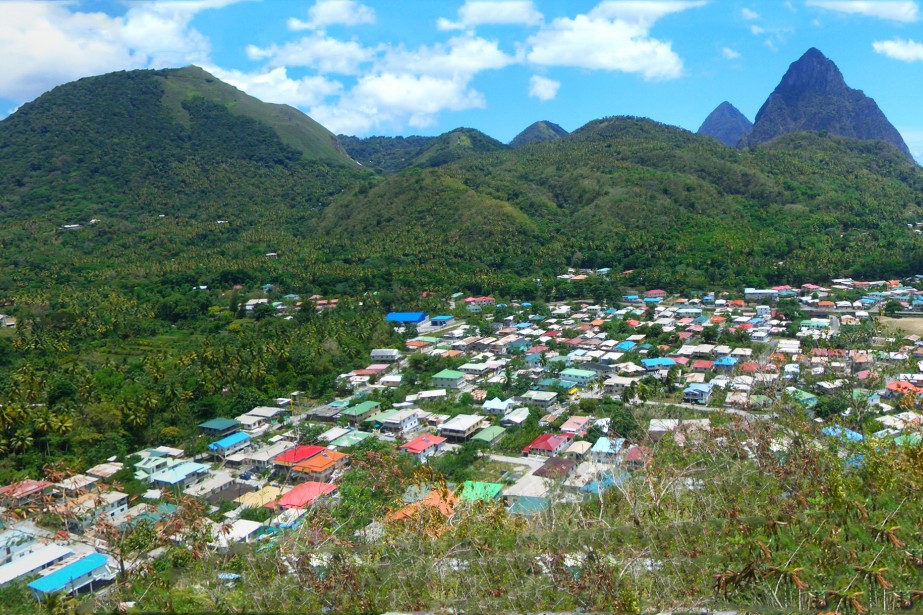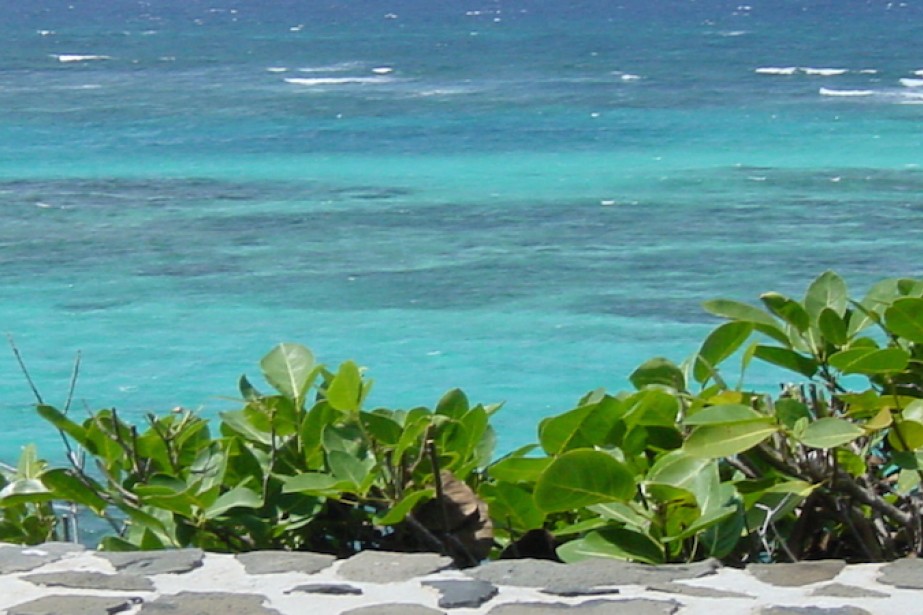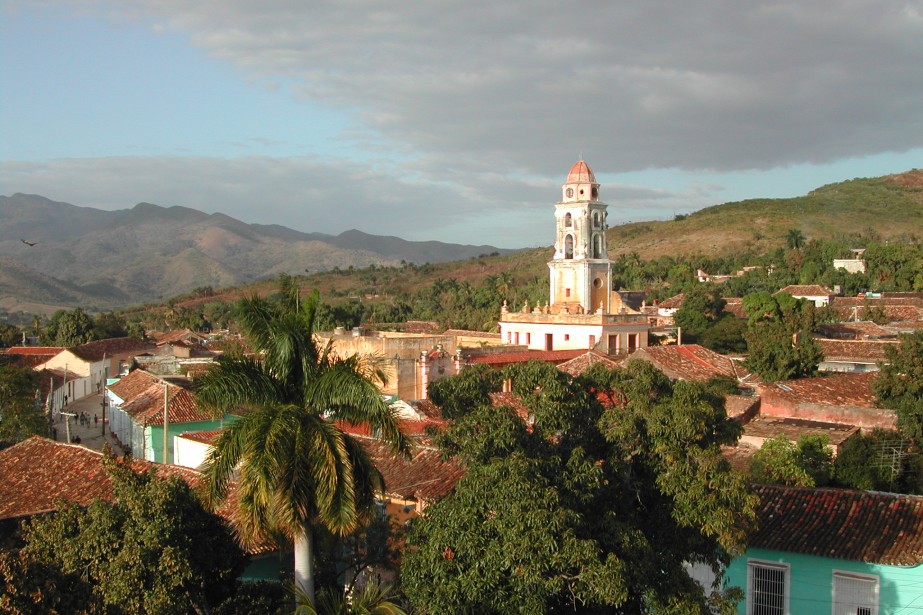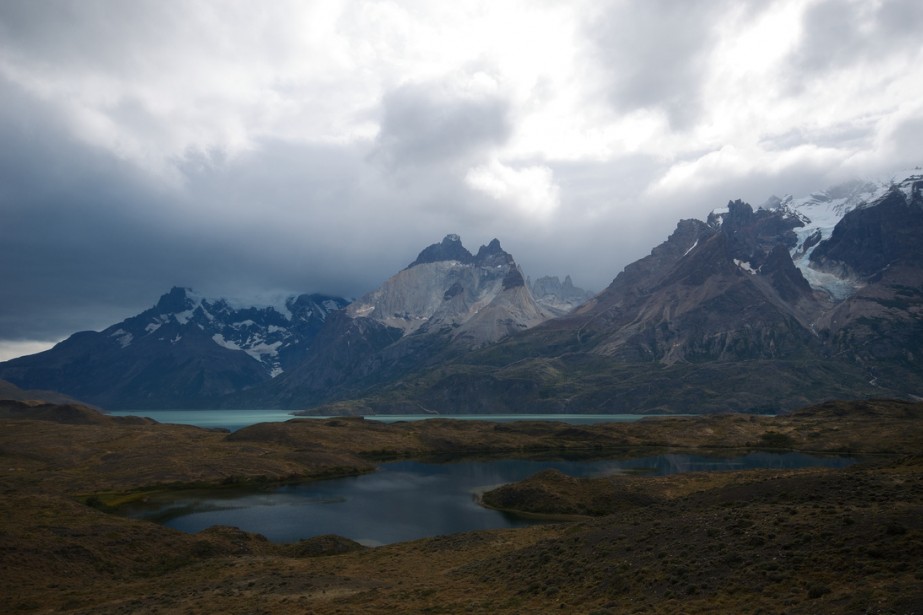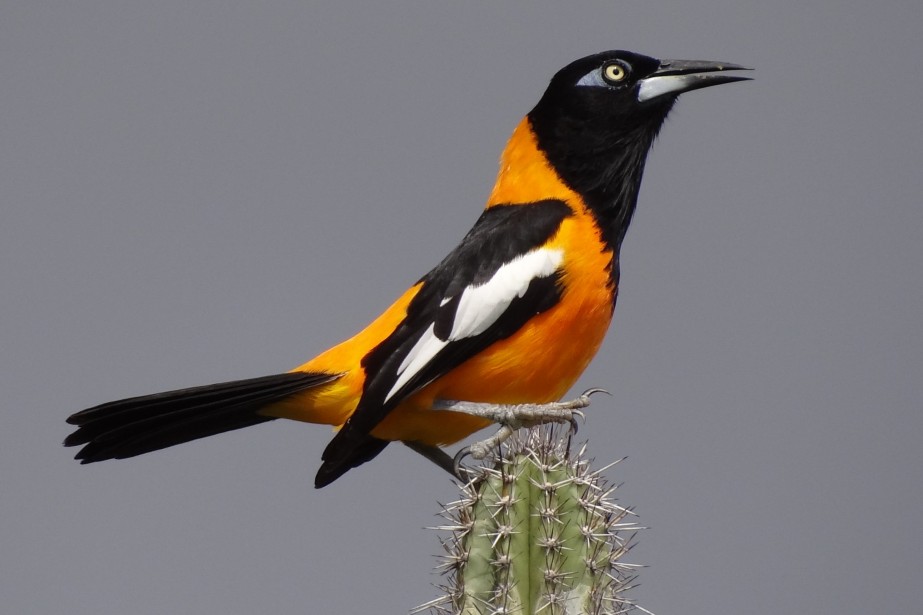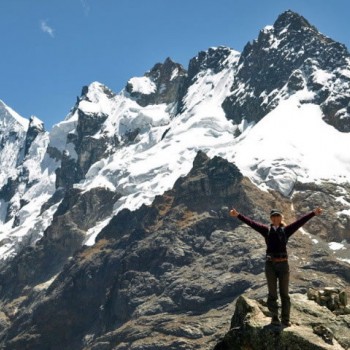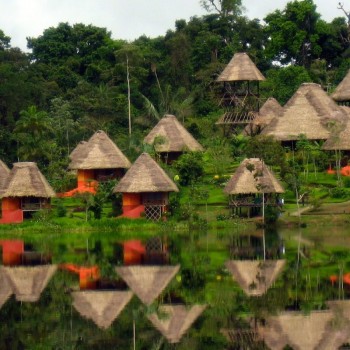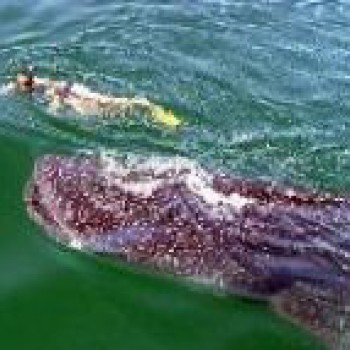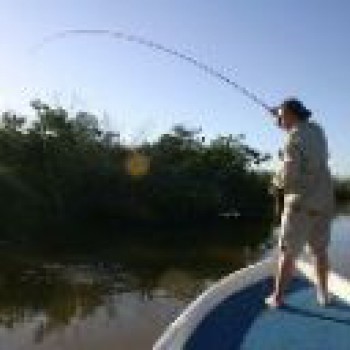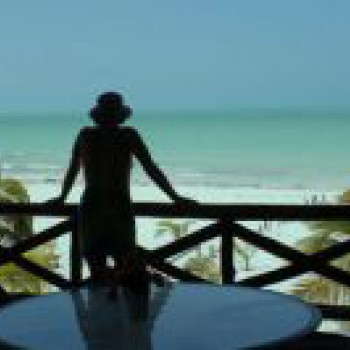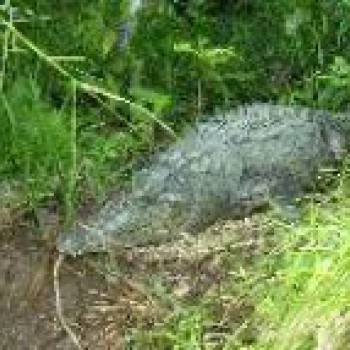Submitted by Theresa Matherne on July 28, 2016
Overview
Dominica, known officially as the Commonwealth of Dominica, is a Caribbean island country, located south of Guadeloupe and north of Martinique. Only 290 square miles in size, the island was a French colony originally, before being taken over by the English in 1763. English is the primary language spoken on Dominica, though there are still 3,000 Carib natives living on the island.
“The Nature Island” is a paradise for outdoorsmen. Surrounded by the clear blue water of the Caribbean, Dominica is a diver’s dream. On the island itself, there are glittering waterfalls, volcanic peaks, and underwater springs. Hikers are in a constant state of awe, walking through the rainforests and enjoying the unbelievably beautiful flowers. There are over 1,200 plant species on the island and some of the most unique birds in the world. The Sisserou parrot is found only on Dominica. It is also the country’s national bird and appears on the country’s flag.
The country’s economy comes primarily from tourism and agriculture. With Dominica’s unspoiled natural beauty, it is a perfect destination for nature lovers looking for a slower and more peaceful change of pace. The island is sparsely populated with only 70,000 inhabitants, who mostly live around the capital city of Roseau.
When to Travel – Weather
Dominica is a tropical rain forest with some areas bordering on a tropical monsoon climate. The temperature is commonly warm with heavy rainfall. The area is prone to hurricanes during hurricane season. While hurricanes have not done any substantial damage to the island in recent years, it is still risky to travel during the season. If deciding to travel to Dominica during hurricane season, it is important to watch for hurricanes and weather changes before departing.
The ideal time to visit Dominica is from October to May, with June to November being the wettest months of the year. Most tourists vacation here during the winter and spring months, when the weather is both warm and dry, but the rainy season officially ends the first of November. The temperatures on the island do not vary much throughout the year, only the amount of rainfall changes.
While it is least costly to visit the country during the wet season, good deals can also be found in the fall at the end of the hurricane season. While the island never has a high concentration of tourists, there are even fewer from October to December and the possibility of a hurricane is very low. Dominica is still a rainforest, however, and there will be rain all year. The annual rainfall on the island is significant, accumulating up to 300 inches of rain per year. If you are on a hiking trip through Dominica, you will need to pack a jacket in the event of unexpected rain. Being a rainforest, it will rain unpredictably.
Daily average temperatures on Dominica range from 75 to 80 degrees Fahrenheit. The temperature drops about 10 degrees overnight, meaning there is very little variance in the temperature between day and night. Unlike other parts of the world, the season changes are not dictated by temperature changes, but by rainfall change.
Food and Drink
Dominica’s food is very similar to the other Caribbean islands, even though they do not touch land. As the islands were developed by the same colonists, some similarities appear between island cuisines.
Breakfast is an important meal on Dominica and is normally eaten daily.Common breakfast meals include saltfish, which is codfish that has been dried and salted, and Bakes, which is fried dough. Both are regularly eaten at any time throughout the day and available for purchase from street vendors. Another common breakfast food is cornmeal porridge with sugar. There are also traditional British breakfasts like eggs, bacon, and toast.
Lunch and dinner usually include plantain, yams, and potatoes, as well as a meat. While fish is naturally common given the island environment, another popular meat choice in Dominica is chicken, which is normally stewed down with potatoes and herbs. Popular meals include rice and peas with the stewed meats and broths.
It’s easy to pick up a meal from a roadside stand on the island or enjoy one of their small-town restaurants. Typicalrestaursnt food found here would be fish and chips, keeping in the British realm of cuisine. The national dish of Dominica, however, is the mountain chicken, which is made from frog legs rom the Crapaud. The Crapaud is a protected species, however, and can only be caught from autumn to February.
The island is full of numerous exotic fruits, including bananas, papayas, coconuts, guava, pineapples, and mangoes, which are eaten as a dessert or converted into a fruit smoothie. Outside of smoothies, peach rum is a common drink. Tea is also commonly drank in Dominica, having traditional medicinal origins from the Carib people, buttea is also a traditionally British beverage. Dominica actually has its own tea label, called Kubuli.
Popular Vacation Spots
Boiling Lake: For the avid hiker, Boiling Lake will be a treat. Following a 3-hour hike through the Valley of Desolation, visitors will find a gray-colored bubbling water situated in a cloud of vapor. The water temperature has been measured at up to 197 degrees Fahrenheit at the lake’s edges, but most of the boiling happens in the center. The phenomenon is due to a continual stream of gas created by the magmatic intrusion.
Trafalgar Falls: Situated on the west side of Morne Trois Pitons National Park, the stunning twin waterfalls are the most popular view in the park. Accessible from an easy to moderate hike, the upper waterfall, referred to as “Father,” falls intensely from the Trois Pitons River, surging across the Titou Gorge into hot springs. Different from the other, the lower waterfall, referred to as “Mother,” flows softly from the river to end in a natural swimming pool.
Middleham Falls: A quick 20-minute hike from the parking lot will get you to these rainforest waterfalls. The ground and rocks are very slippery, but once you have your balance, there is nothing dangerous about this attraction. There is a wide array of trees, plants, and shrubs in the area. While no guide is required, a guide would be able to help point out all the natural wonder here. If you bring a camera, be sure it is waterproof, as everything you bring here will be wet.
Emerald Pool Nature Trail: A great trail for beginner hikers, this is a 15-minute long walk along a trail within the Morne Trois Pitons National Park. Along there trail, you will find lush vegetation and brilliant overhanging trees. At the end of the walk you will find an impressive waterfall grotto with a swimming pool that will take you right up to the waterfall.
Scotts Head Pinnacle: A jutting cape with a gorgeous shoreline make up the southwestern tip of the island. The area is perfect for snorkeling and diving as well as one of the best places to do so in the entire Caribbean. There is also the Waitukubuli Trail here which is one of the most accessible hikes on the island. In opposition to the nearby rainforest, the beach is open and lacks any real amenities.
Practical Information
Currency
Dominica’s official currency is the Eastern Caribbean dollar, which is fixed to the United States dollar. Fortunately for travelers, Dominica accepts several forms of hard currency, in addition to credit cards and traveler’s checks. Not all vendors will accept credit cards, however. Fortunately, the city of Roseau has a number of ATMs. Banks on the island include BanqueFrançaise Commerciale, First Caribbean Bank, National Commercial Bank, and the Royal Bank of Canada. There are also banks in Portsmouth.
There is not much in the way of shopping Dominica, but money will still be needed for guided tours, shuttles, and food. If you are planning on going diving, you will also need money for the supplies as well as the permit to dive in the Caribbean.
Tipping
Most hotels and restaurants will automatically charge a 10% service fee to your bill. If you received exceptional service, it is a good idea to add an extra 5% on top of the charge. In other situations, just tip as you normally would.
Safety
While it is a relatively small and sparsely populated country, petty crime is just as much of a problem here as will all destinations in the world. Secure your valuables in the hotel safe and try not to carry more cash than you need. If you have rented a car, never leave any personal belongings or valuables inside.

